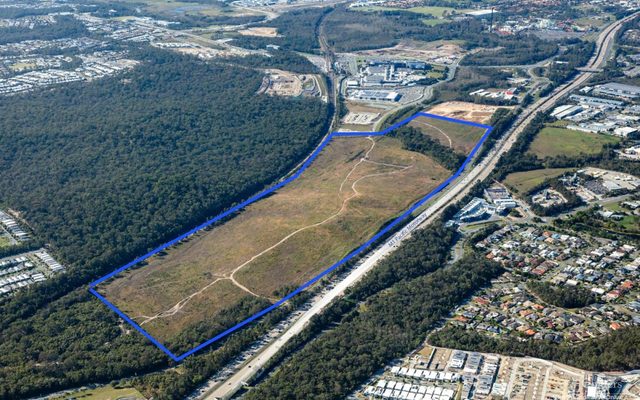This article is from the Australian Property Journal archive
GLOBAL property investment transactions totaled $US600 billion in 2006 and at present there is $4 of capital chasing every $1 of investment property, according to DTZ.
According to DTZ’s Money into Property report, international investor appetite was insatiable for real estate investment thanks to the continued impact of globalization.
DTZ’s chief executive of Australia and New Zealand Chris Johnson said the global real estate market is characterised by a surplus of capital.
“At present there is $4 of capital chasing every $1 of investment property product.
“One of the standout findings of the Money Into Property report is the continued impact of globalisation, with cross-border activity (i.e. buying outside of home country) accounting for around 40% of total investment purchases in 2006 compared with 30% in the previous year,” he added.
The report found Australians investing overseas jumped 20% in 2006 compared 2005 and double the figure from 2004.
America and Europe remain the favourite destinations for Australian investors. Overseas investment in the Asia Pacific region has risen substantially and should pass the $US1 billion mark in 2007.
The DTZ Money into Property report estimated the total value of the Australian property market at $US223 billion.
Of this, 40% is held by private equity, 35% is held by private debt and the remaining 25% by public debt and equity. Listed property trusts dominate the public equity sector holding almost 80% of assets in this sector.
Johnson said international property investment markets would remain buoyant in the short term.
“The underlying support for real estate investment will remain robust and investors will generally be seeking to increase their exposure to property in 2007.” he concluded.
DTZ’s report follows findings in Macquarie’s annual Real Estate Market Outlook, which shows that global economic growth in the past 30 years has underpinned strong real estate markets.
Macquarie Bank’s head of research real estate business Rod Cornish said the strength of the global economy and how it continues to drive stronger real estate fundamentals is partly due to high levels of liquidity.
Cornish said whilst the cycle is expected to run for at least the forecast period of 12 months, savvy investors need to remain alert to signs like tight yields, over aggressive pricing of rental expectations, and diminished accountability for risk that will signal the change in the cycle.
“They will also need to continue to apply the fundamentals and be rigorous in assessment,” he added.
Australian Property Journal



